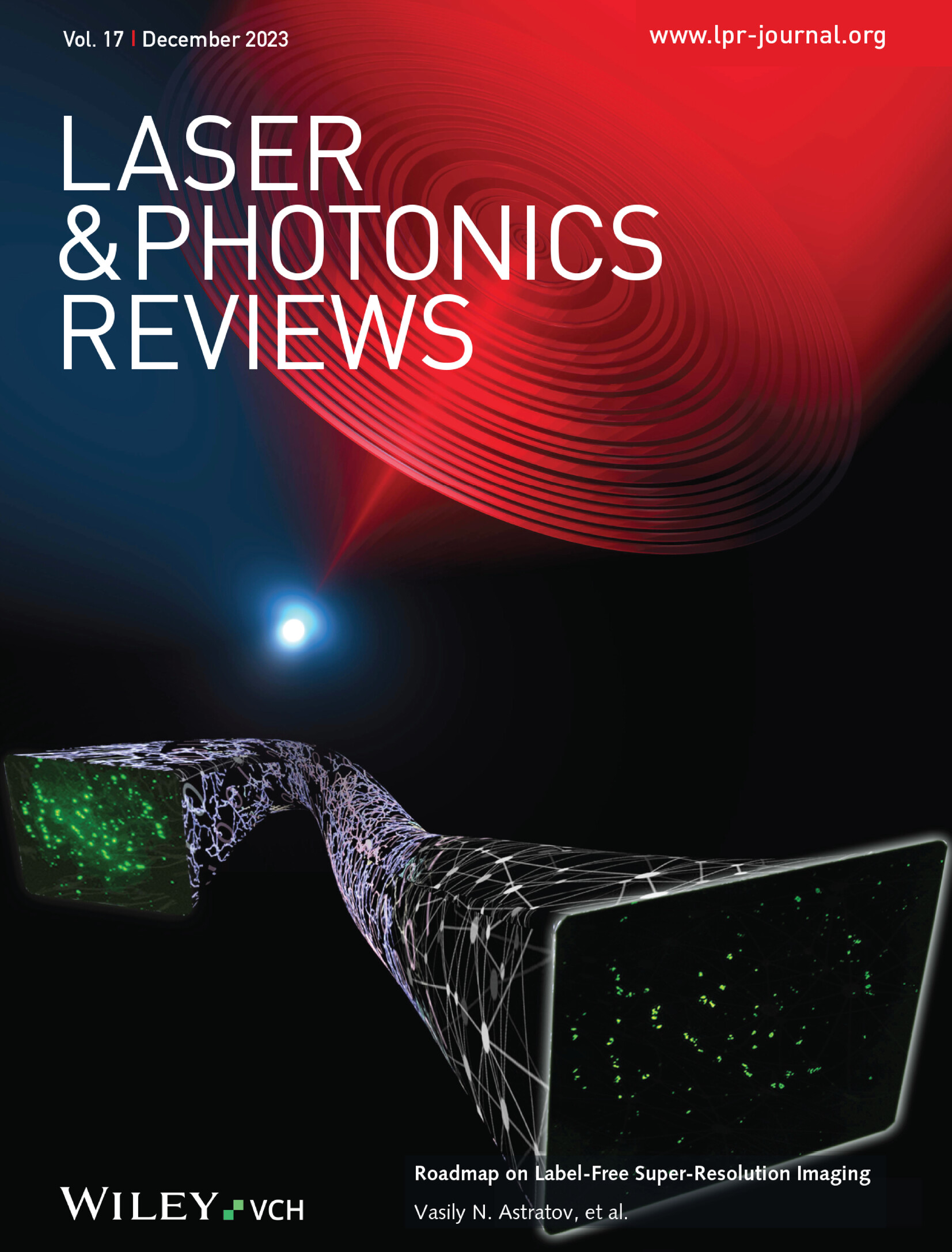High‐Gain, High‐Order Vortex Air Lasing Generated by Plasma Amplification
IF 9.8
1区 物理与天体物理
Q1 OPTICS
引用次数: 0
Abstract
Vortex air lasing opens exciting perspectives for remote generation, amplification, and control of vortex beams in ambient air. By combining the advantages of air lasing and vortex beams, it holds great potential in some specific applications such as standoff detection of chiral molecules and rotating objects. However, it remains challenging to produce high‐order vortex air lasing and flexibly control its orbital angular momentum, hindered by the inhomogeneous distribution and instability of laser‐induced plasma. Herein, vortex lasing with a tunable vortex order from the first up to the tenth order is achieved through vortex seed amplification in plasma. The helical phase structure of the seed is well conserved in the amplification process. Each order vortex air lasing shows the same topological charge as the seed and a doughnut‐shaped profile. Moreover, the amplification factor is up to 10等离子体放大产生的高增益、高阶涡旋空气激光
涡流空气激光为在环境空气中远程生成、放大和控制涡流束开辟了令人兴奋的前景。它结合了空气激光和涡旋光束的优势,在某些特定应用中具有巨大潜力,例如手性分子和旋转物体的远程检测。然而,由于激光诱导等离子体的不均匀分布和不稳定性,要产生高阶涡旋空气激光并灵活控制其轨道角动量仍具有挑战性。在这里,通过等离子体中的涡旋种子放大,实现了从一阶到十阶的可调谐涡旋激光。在放大过程中,种子的螺旋相位结构保持良好。每阶涡旋空气激光都显示出与种子相同的拓扑电荷和甜甜圈形状的轮廓。此外,放大系数高达 104。高阶、高增益涡旋空气激光的产生归功于选择了合适的种群反转系统,以及对泵浦和种子光束的空间匹配、气体压力和聚焦条件的最佳控制。这项工作有助于人们了解激光的增益机制,并有望扩展基于空气激光的光谱学的应用范围。
本文章由计算机程序翻译,如有差异,请以英文原文为准。
求助全文
约1分钟内获得全文
求助全文
来源期刊
CiteScore
14.20
自引率
5.50%
发文量
314
审稿时长
2 months
期刊介绍:
Laser & Photonics Reviews is a reputable journal that publishes high-quality Reviews, original Research Articles, and Perspectives in the field of photonics and optics. It covers both theoretical and experimental aspects, including recent groundbreaking research, specific advancements, and innovative applications.
As evidence of its impact and recognition, Laser & Photonics Reviews boasts a remarkable 2022 Impact Factor of 11.0, according to the Journal Citation Reports from Clarivate Analytics (2023). Moreover, it holds impressive rankings in the InCites Journal Citation Reports: in 2021, it was ranked 6th out of 101 in the field of Optics, 15th out of 161 in Applied Physics, and 12th out of 69 in Condensed Matter Physics.
The journal uses the ISSN numbers 1863-8880 for print and 1863-8899 for online publications.

 求助内容:
求助内容: 应助结果提醒方式:
应助结果提醒方式:


